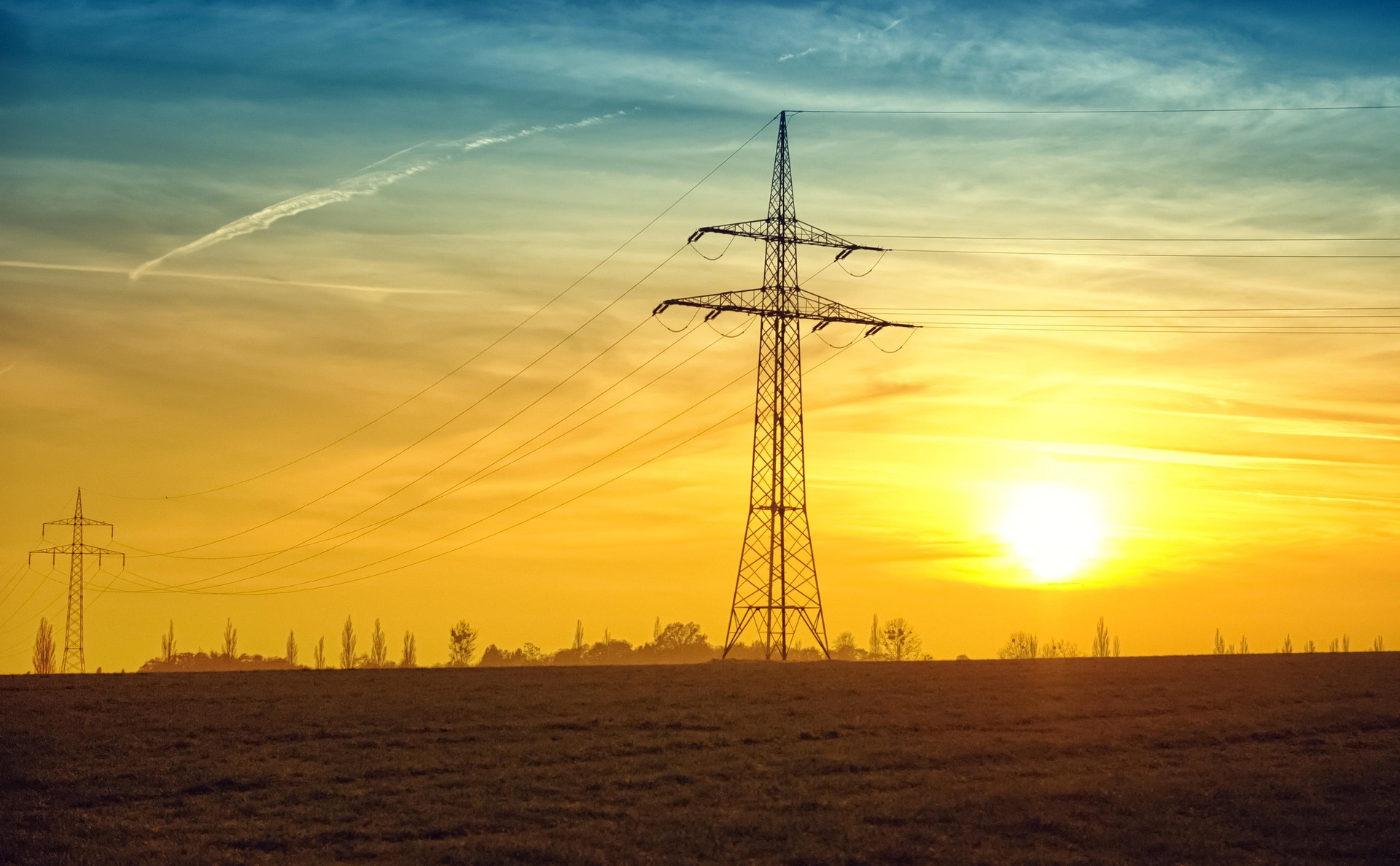Media release
From:
Remote First Nations communities in Australia experience ongoing energy insecurity due to geographic isolation, reliance on diesel, and uneven consumer protections relative to grid-connected households – so experts are navigating the many complicated factors to guide transition to clean energy supply.
Professor Apel Mahmud, Professor in Electronic and Electrical Engineering at Flinders University, with colleagues are seeking more sustainable ways for remote communities to improve a reliable power supply.
He believes a viable solution for community energy systems features solar-battery systems that significantly improve reliability and affordability by reducing reliance on diesel generators and delivering tangible household benefits.
In recent decades, renewable energy projects – incorporating solar photovoltaic (PV) generation, BESS (battery energy storage systems) and other renewable technologies – have been launched to bring reliable power to First Nations communities and slash their dependence on expensive diesel.
In a new article in Energies, with Macquarie University researcher Dr Tushar Kanti Roy, Professor Mahmud has found that these systems are proving effective.
“Across remote First Nations communities, diesel-dominant electricity supply systems consistently underperform on affordability and reliability, while well-designed solar-battery systems deliver clear benefits in both areas,” he says.
However, Professor Mahmud has also identified an ongoing gap in protection for off-grid consumers. “Consumer outcomes remain constrained by persistent regulatory gaps, particularly the lack of consistent protections for off-grid customers,” he says.
“This is reflected in the high rates of disconnection recorded in remote communities, underscoring the urgency of pairing technical improvements with rights-aligned consumer safeguards.
“The solutions I have proposed illustrate that technical upgrades, robust consumer protections and community governance must advance together to realise energy sovereignty and close the equity gap.”
Professor Mahmud proposes a practical agenda to improve electricity supply systems for remote community energy systems through advanced community microgrids (including long-duration storage), intelligent energy management and monitoring systems, rights-aligned consumer mechanisms for customers with prepaid metering systems, fit-for-purpose regulation, innovative blended finance and on-country workforce development.
“A smart energy solution requires an integrated framework that couples technical performance with equity, cultural authority and energy sovereignty,” he says. “This will offer reliable, affordable and clean electricity for remote First Nations communities.”
Professor Mahmud says priority actions should include:
- Piloting modular vertical-axis wind clusters alongside solar-battery systems, to strengthen evening and seasonal electricity supply.
- Codifying “no-worse-off” consumer protections, to cover transparent billing, hardship assistance, life-support safeguards and access to dispute resolution for all households, regardless of their grid connection.
- Standardising rights-aligned, pre-paid crediting systems, to integrate renewable benefits directly into household accounts.
- Deploying AI/IoT-enabled monitoring platforms with on-country training to ensure long-term system performance and local engagement.
“When these measured are coupled with fit-for-purpose financing models, tailored policy reforms, and sustained investment in local skills, they can deliver reliable, affordable, and culturally aligned electricity services for remote First Nations communities.”
Professor Mahmud believes that such an integrated approach ensures clean energy transition is technologically achievable but also socially just by placing community leadership, cultural authority and equity at the centre of Australia’s energy future.
The article, 'Electricity supply systems for First Nations communities in remote Australia: Evidence, consumer protections and pathways to energy equity' 2025 by Md Apel Mahmud and Tushar Kanti Roy (School of Engineering, Macquarie University) has been published in Energies.
Published: 26 September 2025 DOI: 10.3390/en18195130



 Australia; NSW; SA
Australia; NSW; SA


